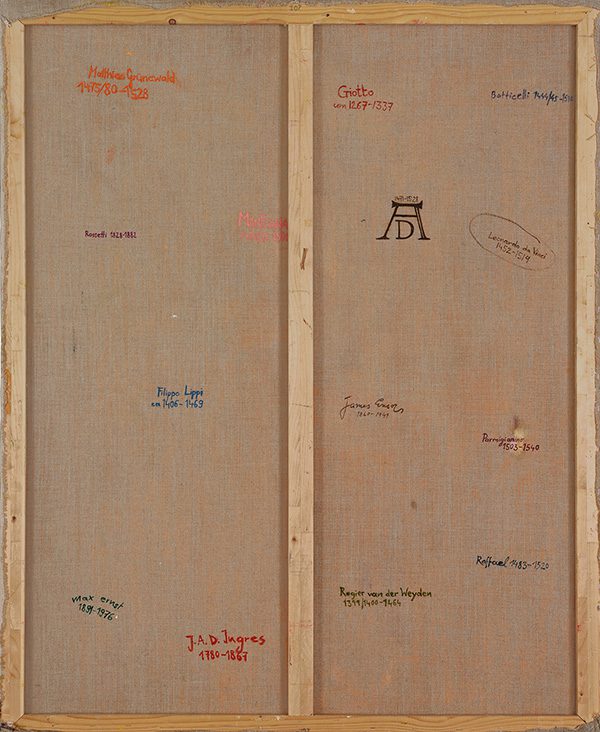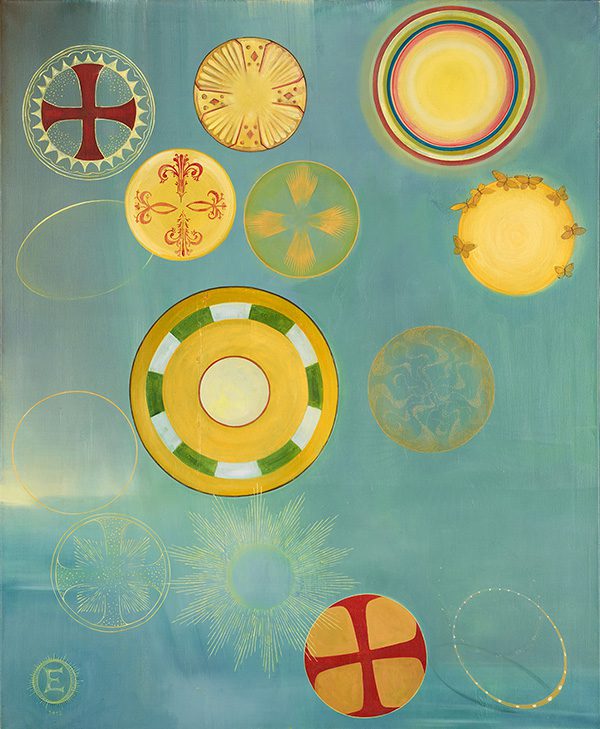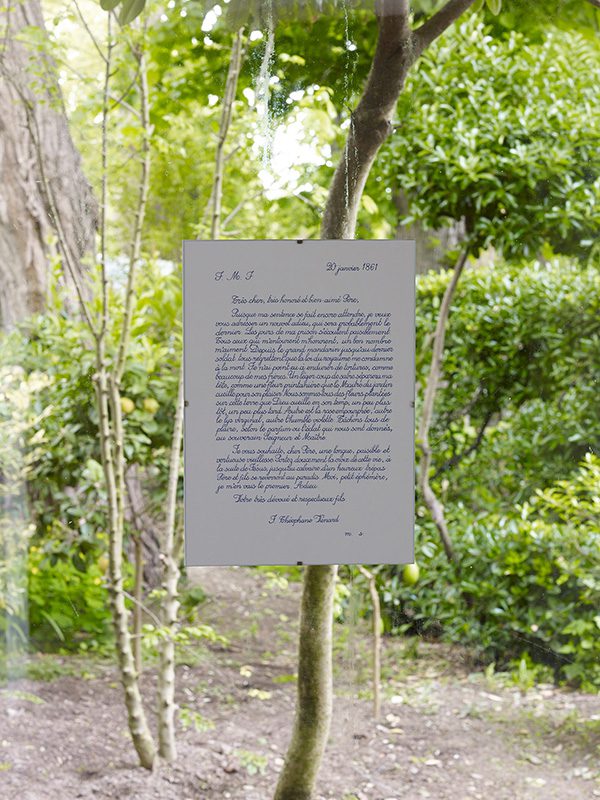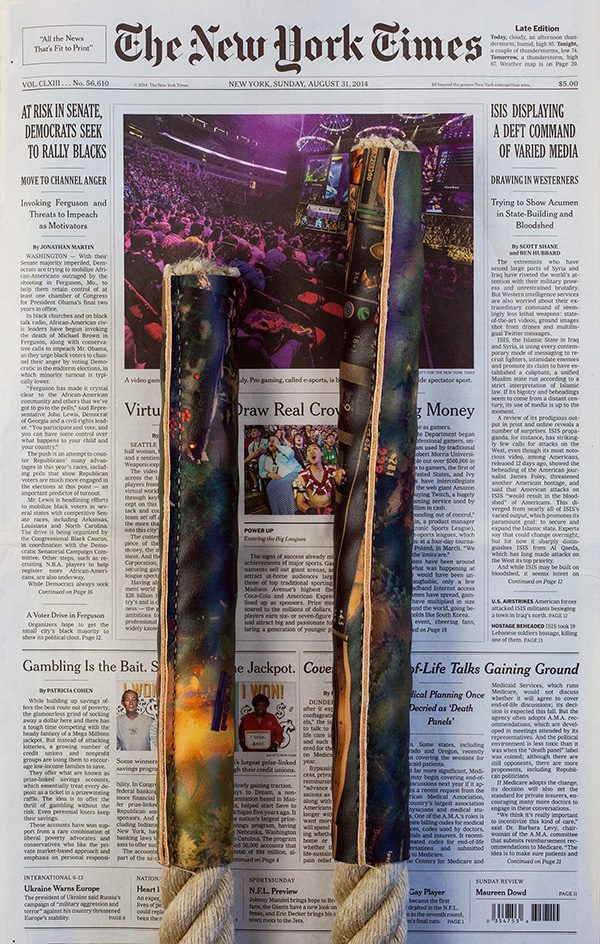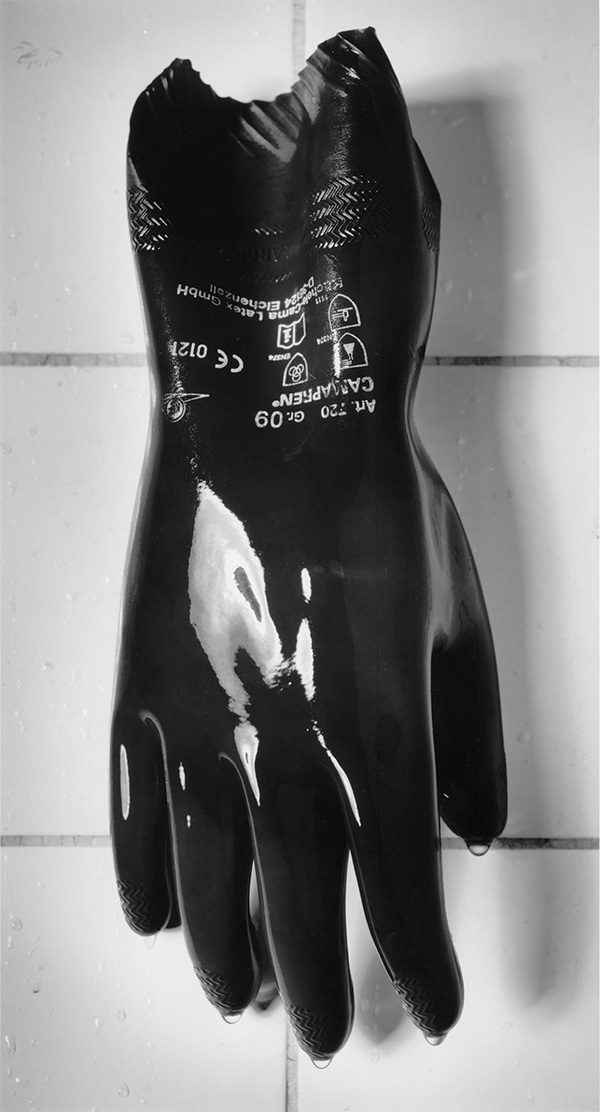ART-PRESENTATION: Father Figures Are Hard To Find
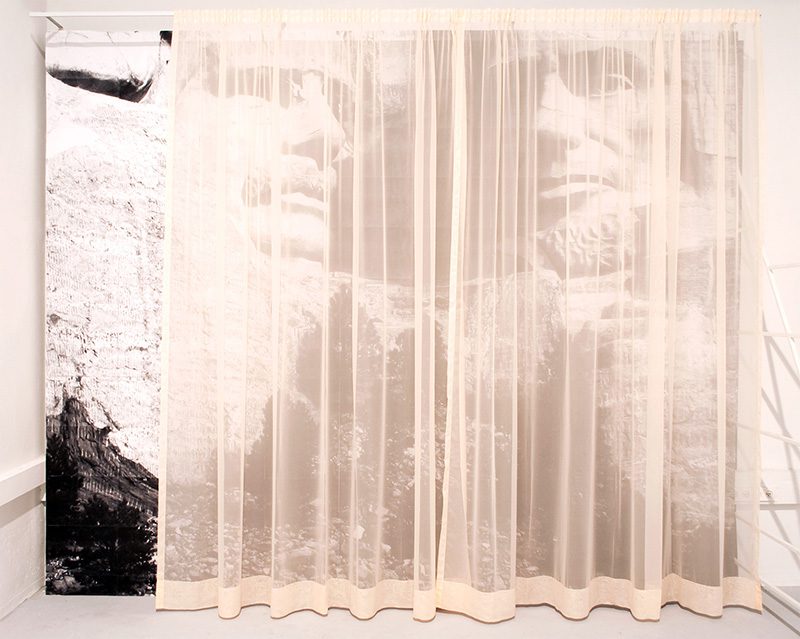 The group exhibition “Father Figures Are Hard To Find”, brings together works challenging both the traditional father figure and the patriarchal canon of art history. The idea of the exhibition starts from the assumption that only a few develop themselves in the absence of authority or role models, relying exclusively on their own piecemeal subjectivity.
The group exhibition “Father Figures Are Hard To Find”, brings together works challenging both the traditional father figure and the patriarchal canon of art history. The idea of the exhibition starts from the assumption that only a few develop themselves in the absence of authority or role models, relying exclusively on their own piecemeal subjectivity.
By Dimitris Lempesis
Photo: nGbK Archive
The exhibition “Father Figures Are Hard To Find”, gathers artworks, relics of everyday life, potential new role models, performances, lectures, analyses, salons and liberation rituals daring to walk the fine line between acknowledging the desire to admire and revere the father figures, while simultaneously allowing to cast them away altogether. The works of the exhibition offer new role models and touch upon the desire to admire and revere, while simultaneously allowing us to cast them away altogether. In the exhibition space, new perspectives are opened, outside of the family as a reproductive union and at a distance to fatherhood as the exclusive reserve of heterosexual men. Instead, father figures are presented who offer us their elective affinities in symbolic and fluid ways. Naama’s Arad installation “Har Hazofim” (2010) cites a modernistic view out of a window from a Hitchcock film. The gaze is filtered by a peach-coloured silk curtain. The architectural landscape with pasted-on Xerox copies depicts the paternalistic heads of the presidents on Mount Rushmore. The title of the work refers to the eponymous mountain that, as an enclave of East Jerusalem, accommodates the Bezalel Art academy founded in 1906. Egle Otto’s painting “Botticelli, Giotto, Grünewald, da Vinci, Mantegna, Rosetti, Ensor, Parmigianino, Lippi, Raffael, van der Weyden, Ingres, Ernst”, is at once an homage to and an appropriation of painter models. The front side of the canvas depicts halos that the artist adopted from her male predecessors and then completed. Otto deals with the authenticity, authorship, and artistic egos of those cited by (in a literal copy of their handwriting) placing all 12 signatures of the painters on the back side. The lecture performance “DADA DADDY HASSELHOFF” by Mysti combines a critique of psychoanalysis and identitarian self-discovery attempts with Dadaistic poetry. The flexibility of the father figure is illustrated with reference to a curious male idol of the Germans: David Hasselhoff.
Info: Curatorial Team: Alicia Agustín, Raoul Klooker, Markues, Tucké Royale, and Vince Tillotson, neue Gesellschaft für bildende Kunst (nGbK), Oranienstraße 25, Berlin, Duration: 19/3-30/4/16, Days & Hours: Mon-Tue & Sat-Sum 12:00-19:00, Wed-Fri 12:00-20:00, http://ngbk.de
